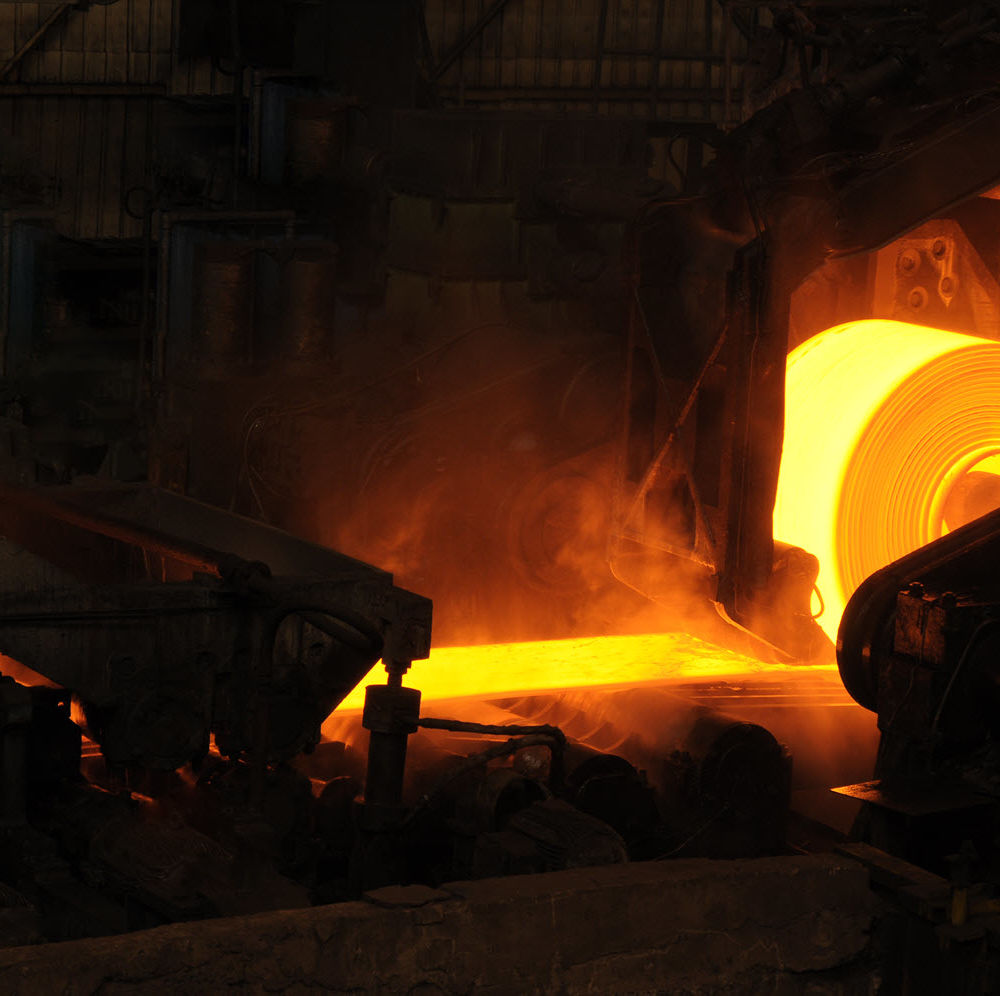Applications to Hot Working
Calculate the following as a function of material chemistry and temperature:
Application Examples
Determining Suitable Forging Temperatures for a 4130 Steel
Typically a material should be hot worked in a single phase region. Precipitates and secondary phases can embrittle the material and cause cracking during forging or rolling. Small chemistry variations, even within a material specification, can lead to unexpected changes in phase transition temperatures and precipitation temperature ranges. Thermo-Calc can predict the phase fractions as a function of temperature for specific chemistries to guide process parameter decisions.
This figure shows the phase fractions as a function of temperature calculated for a 4130 steel. Typical recommendations found in the literature for forging 4130 steel are between 950 °C and 1230 °C. These are consistent with these calculations, which show that 4130 has a wide range of suitable forging temperatures where only austenite (FCC_A1) and MnS (MS_B1) are stable.



